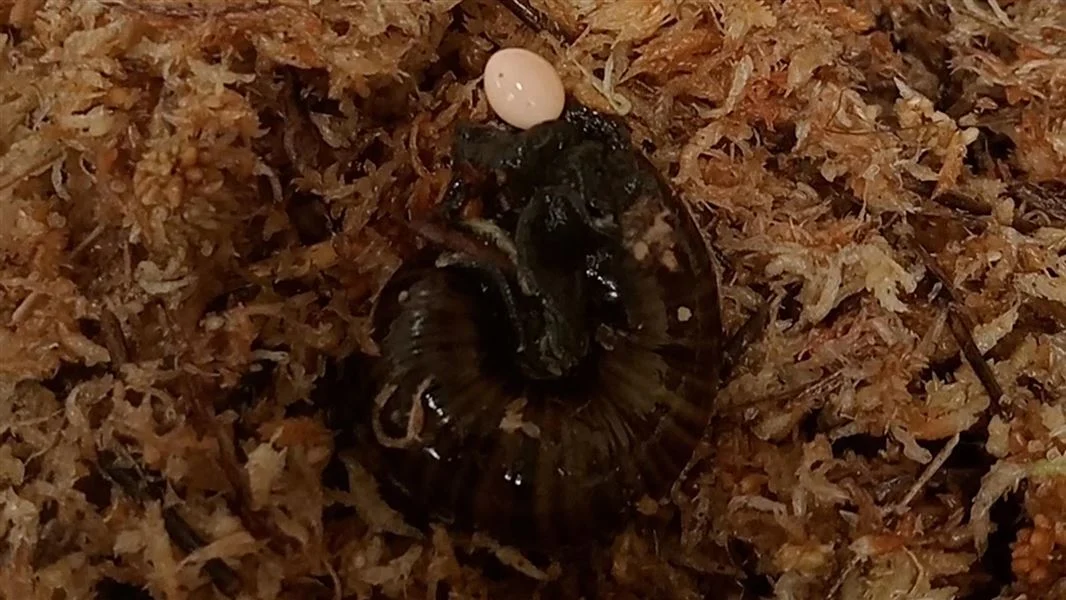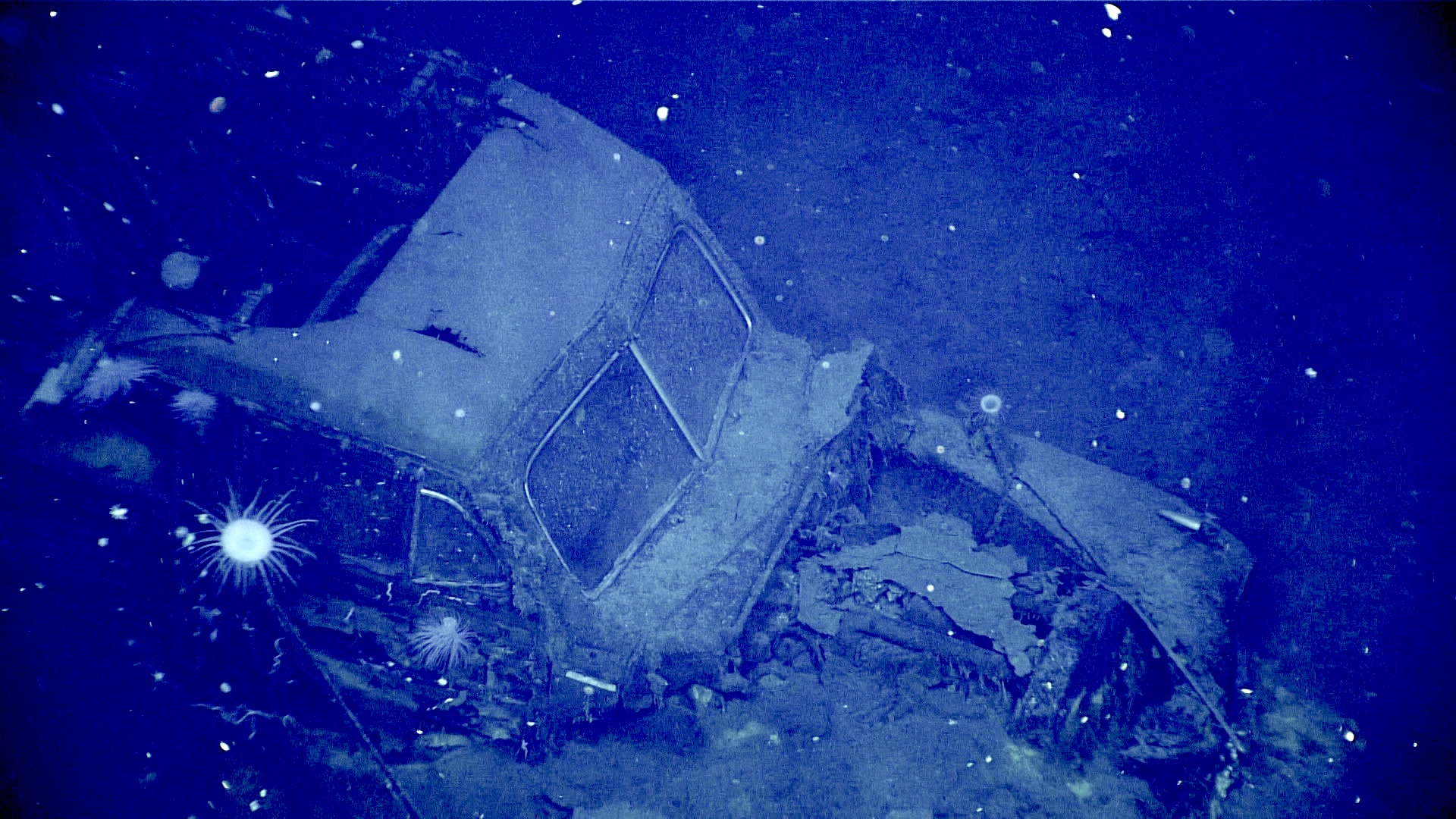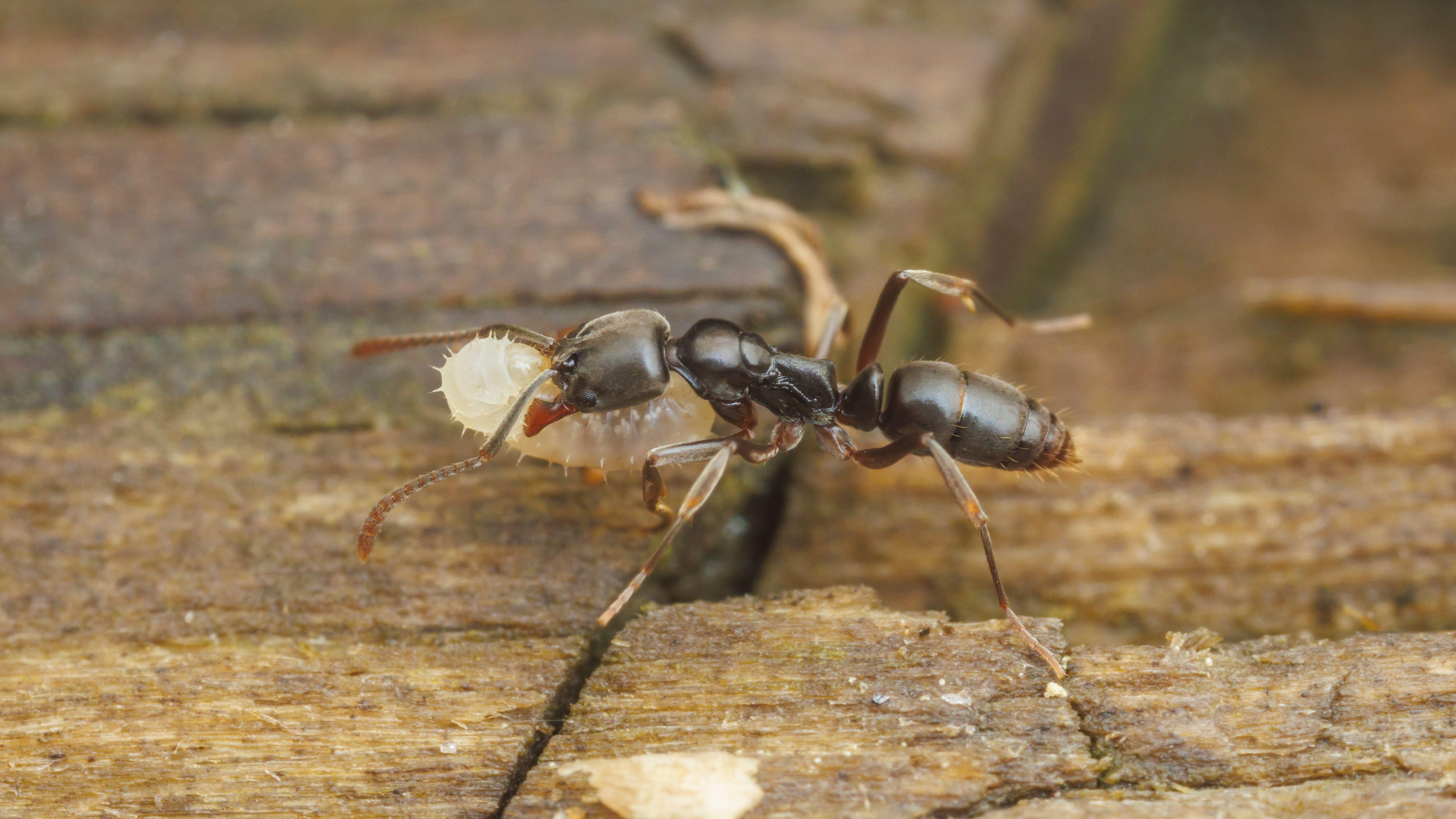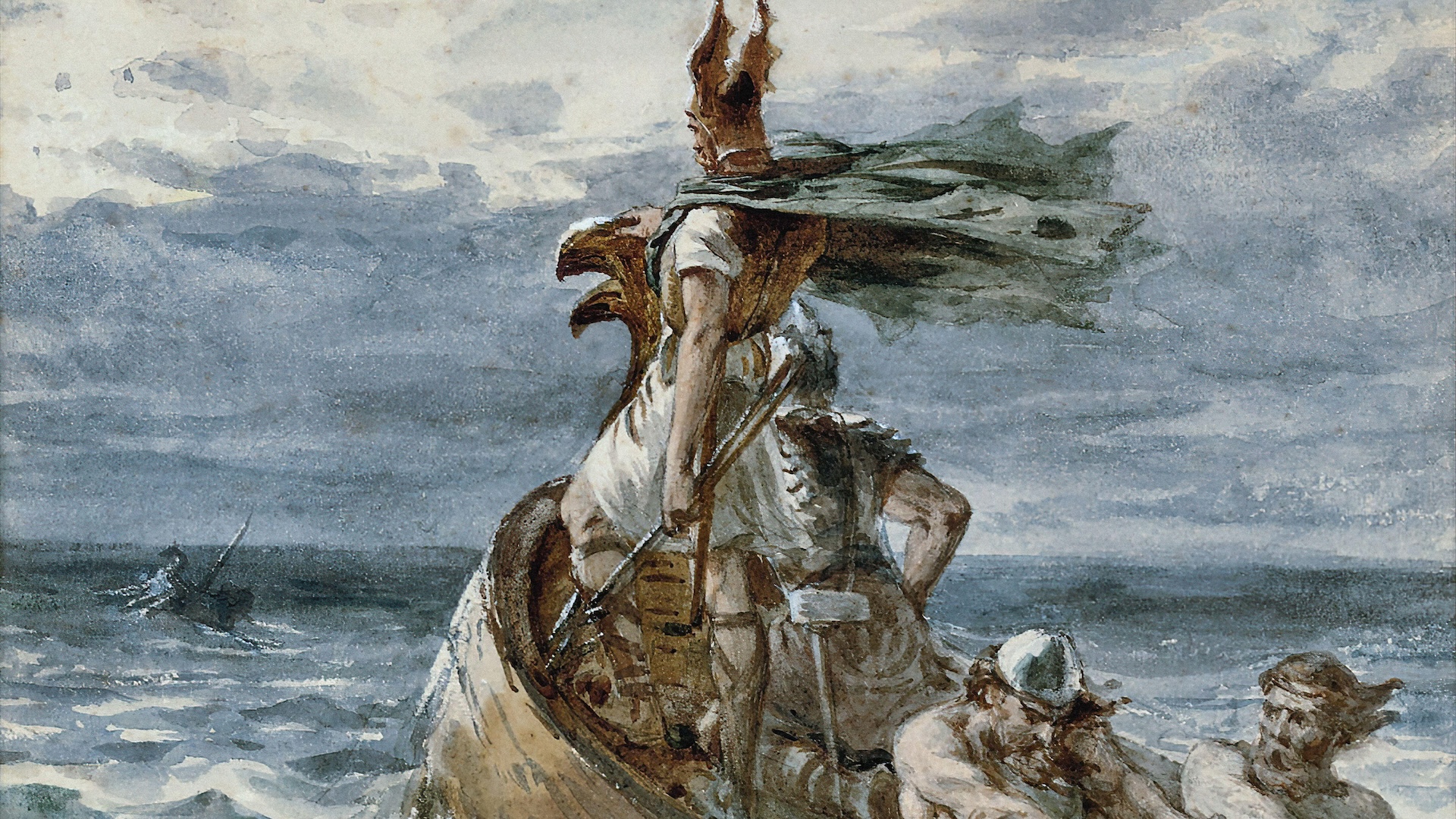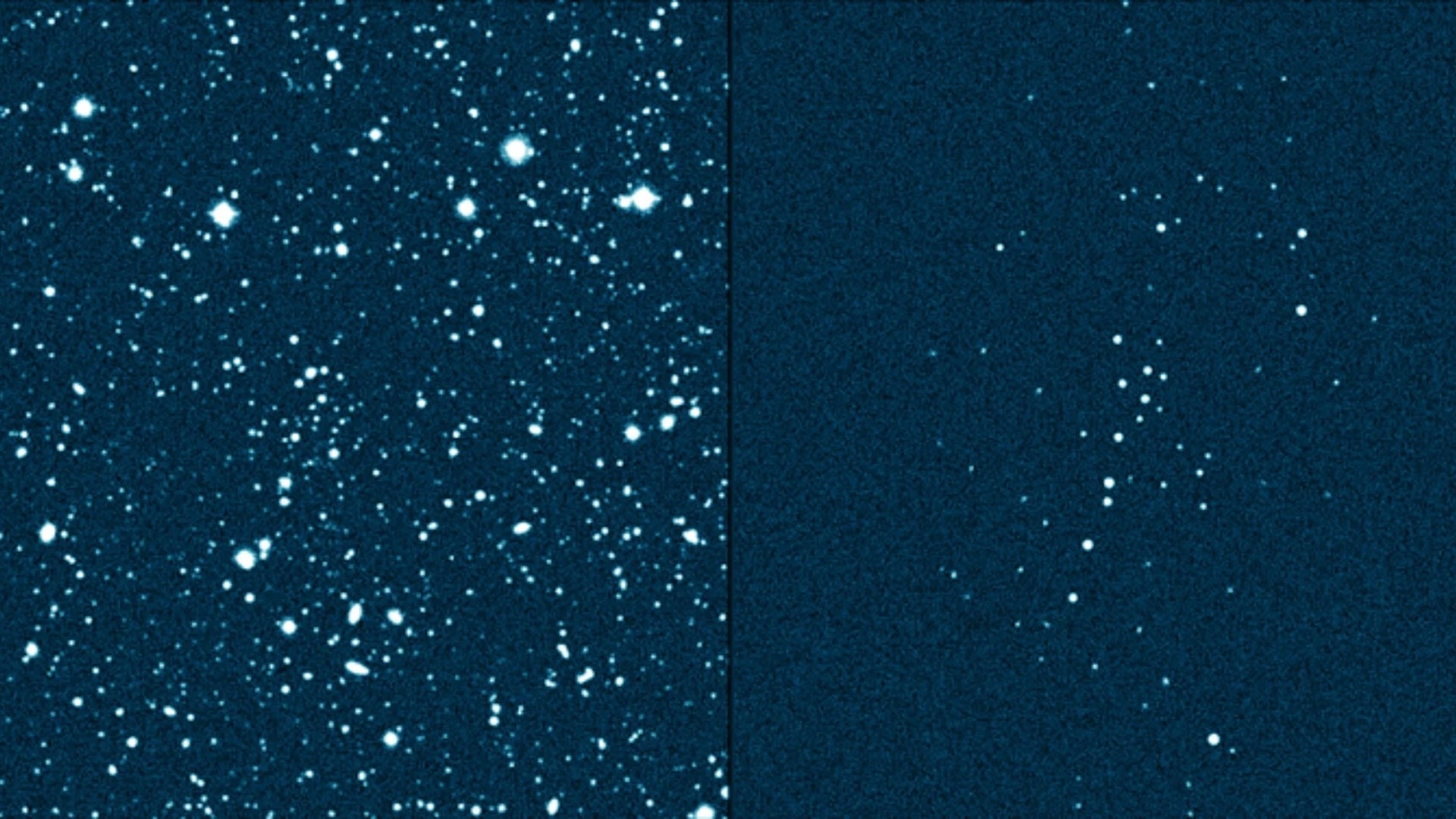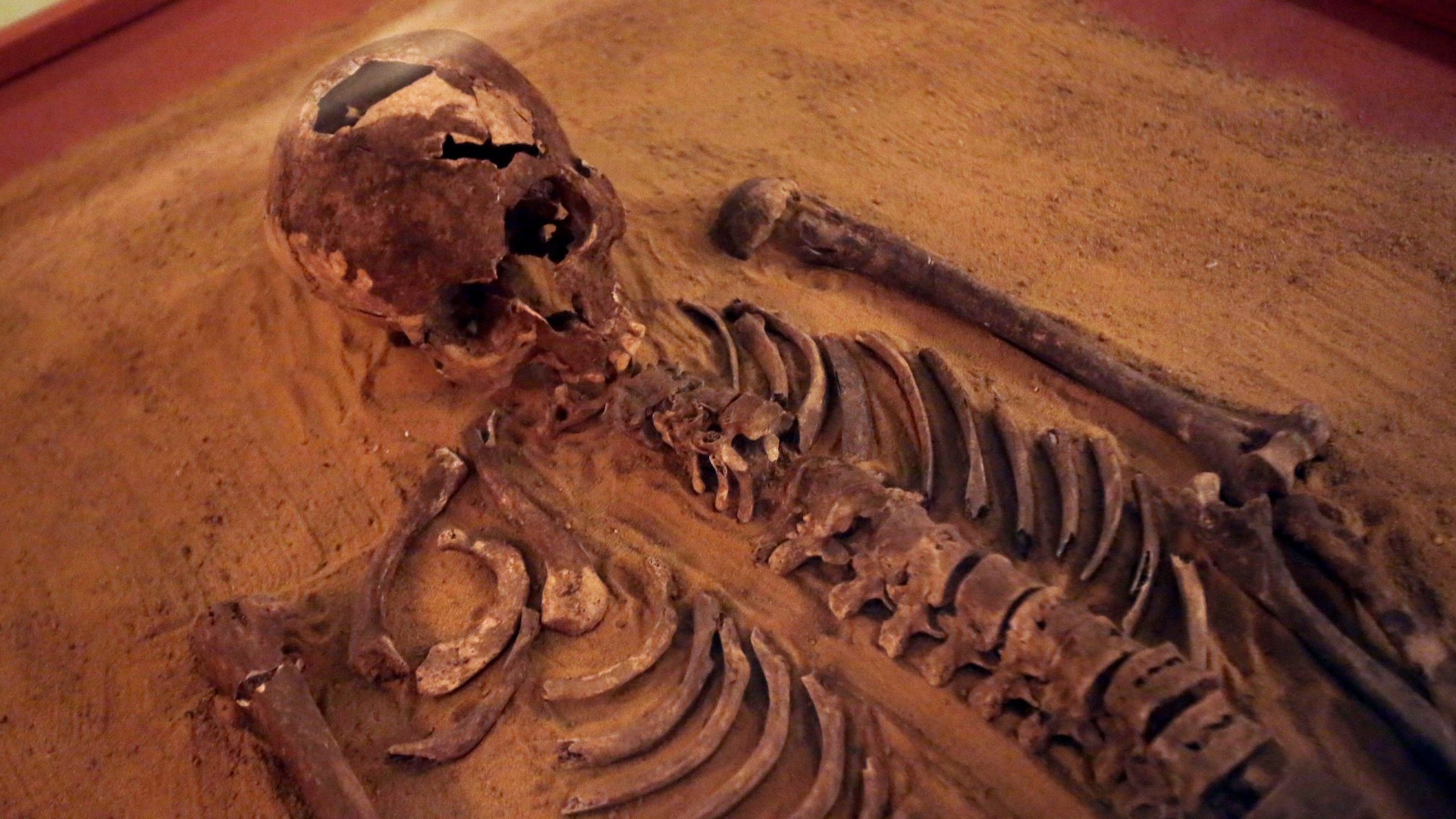In a world first, scientists have filmed a rare carnivorous snail laying an egg from a “genital pore” in its neck.
The footage answers long-standing questions about how the mysterious mollusks — known as the Mount Augustus snail (Powelliphanta augusta) — reproduce.
“It’s remarkable that in all the time we’ve spent caring for the snails, this is the first time we’ve seen one lay an egg,” Lisa Flanagan, a New Zealand Department of Conservation (DOC) ranger who captured the footage, said in a statement. “We caught the action when we were weighing the snail. We turned it over to be weighed and saw the egg just starting to emerge from the snail.”
In the video, a single pearly white egg oozes out of the snail’s slimy neck folds, from an opening known as a genital pore.
There are at least 20 species and 59 sub-species of Powelliphanta snails, and they are among the largest snails in the world, according to the DOC. Powelliphanta snails are nocturnal and rarely come out during the day, except when it is particularly rainy. Therefore, they are not often very rarely spotted by humans.
They are also among New Zealand’s most threatened invertebrate species due to predation and habitat loss.
According to the DOC , P. augusta, only found on the Buller Plateau on New Zealand’s West Coast, are threatened by extinction due to open-cast coal mining in their native range.
Because of their shrinking population and nocturnal behavior, very little is known about these creatures’ life cycle and behavior. Therefore, wildlife officials have been studying a population in captivity for nearly 20 years.
“DOC has been managing this captive population in chilled containers in Hokitika since 2006, when work began to mine the majority of their habitat on the West Coast of the South Island,” the DOC representatives said in a Facebook post. “Very little was known about the species before they were taken into captivity.”
Like many snails, Powelliphanta are hermaphrodites, meaning they have both male and female reproductive organs. P. augusta are long-lived and slow to mature, only reaching sexual maturity at around 8 years old — which is very old for a snail. Mature snails usually lay around five eggs a year, which can take more than a year to hatch.
“Some of our captive snails are between 25 and 30 years old — in this they’re polar opposites to the pest garden snail we introduced to New Zealand which is like a weed, with thousands of offspring each year and a short life,” Kath Walker, DOC senior science advisor, said in the statement.
While the snails’ hard shells help to protect them from predation and harsh conditions, they also make it difficult to get sperm from one snail into another. “Powelliphanta have solved this by having an opening (a genital pore) on the right side of their body just below their head so that the snail only needs to peek out of its shell to do the business,” Walker said.
“It extends its penis out of this pore and into its mate’s pore, and its mate does the same, simultaneously exchanging sperm, which they can store until they each fertilise the sperm they’ve received to create eggs,” Walker said.
She added that, because they have both male and female reproductive organs, the snails can also self-fertilize.
Laying eggs through a genital pore is common among snail species, although some species, such as Littorina saxatilis in the U.K., give birth to live young. But Powelliphanta species are unusual because they only lay one egg at a time, rather than the big eggy clusters produced by many other more common snail species, according to the Carnegie Museum of Natural History.
To save these exotic snails, the DOC has established new populations in the wild by introducing them into new and rehabilitated habitats. However, they will continue to manage populations in captivity too until they are confident that the species is surviving well in the wild.
“The captive management of Powelliphanta augusta has not only saved the species from extinction, but it’s allowed us to learn more about the lives of these incredible creatures found nowhere else in the world,” according to the statement.





